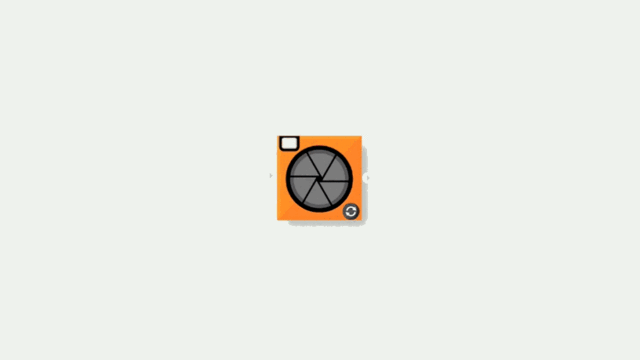Tinybop founder Raul Gutierrez was frustrated. Compared to the Apple II computers he grew up programming on, the iPhones in his kids' hands were unknowable black boxes: silicon sandwiches of wafer-thin components that may as well work by magic, for all a kid can play with them.
Tinybop's latest app, The Everything Machine, aims to change all that. The second part in their Diguital Toys series of apps, The Everything Machine turns all the components and sensors in an iPhone or iPad into Lego-like bricks of programming logic, allowing kids to program anything they can imagine: from a simple flash light app to a face-detecting fart machine.

Here's how it works. When you load up The Everything Machine, you are presented with a drawer of components and a simple workspace. Every "program" starts by connecting components to a battery, giving them power. The components can be almost anything: your iPhone's camera, its microphone, a color-detection algorithm, your iPhone's vibration motor, and even some snippets of simple computer logic, like if/and modifiers. By dragging these components from the component drawer and attaching them to one another you can create simple apps, called machines.
For example, by dragging a toggle switch component onto the battery, then attaching your iPhone's flash, a kid can create a simple flashlight machine. Other, more "sophisticated" machines, can also be created. For example, I created a machine that could automatically detect when a face was in range of the camera, at which point, it would have Siri shout: "YOU SMELL LIKE FARTS!" (My wife did not care for my machine.)

According to Gutierrez, The Everything Machine was born out of a desire to teach his kids how computers actually work in the mobile age.
"A year or two ago, my son started asking questions about software and how iPhones are made," he says. "I realized just how hard it is to deconstruct the idea of a handheld supercomputer for an elementary school kid. I used physical circuits, introduced him to coding with Scratch and Hopscotch, and started showing him how sensors work. Little by little he started to get it, but I realized how hard it was to take the understanding of digital devices out of the realm of magic."
[i]The Everything Machine's[/i] design was heavily inspired by the science kits of yesteryear, including the Braun Lectron and the Gilbert Chemistry Experiment Lab. But even with these models at the front of Tinybop's mind, designing the app was still difficult. There was tension within Tinybop on exactly how streamlined The Everything Machine could be without undermining the goal of the app: evolving a child's understanding of digital devices out of the realm of magic.
For example, let's say a kid wants to make an app that can detect faces, which requires access to a camera. Some of the more engineer-minded in Tinybop thought face detection shouldn't work at all unless a kid remembers to drag the camera module into the workspace first. Ultimately, Tinybop decided to automatically chain in the camera module in that scenario. But how much does such streamlining dumb down a child's understanding of how digital devices actually work?

At the end of the day, Gutierrez says he thinks Tinybop struck the right balance. The kids who have been testing [i]The Everything Machine[/i] have created apps even Tinybop didn't think was possible. During testing, one child asked Gutierrez if it was possible to make a rainbow detector. Gutierrez told him that while it was possible to use The Everything Machine to detect one color at a time, he didn't think you could detect a whole rainbow. Fifteen minutes later, that kid delighted him by proving him wrong.
"I believe one of the most important ideas we can spark in kids is that everything non-natural is made by people, is the product of people's work, and is an expression of an accumulation of ideas: someone invented that milk carton; that mirror is the product of hundreds of years of history; the letters in that text on the screen were drawn by someone," says Gutierrez.
The Everything Machine is Tinybop's attempt to do just that for the iPhone age. You can purchase it for iPhone, iPad, and Apple Watch for $2.99 here.